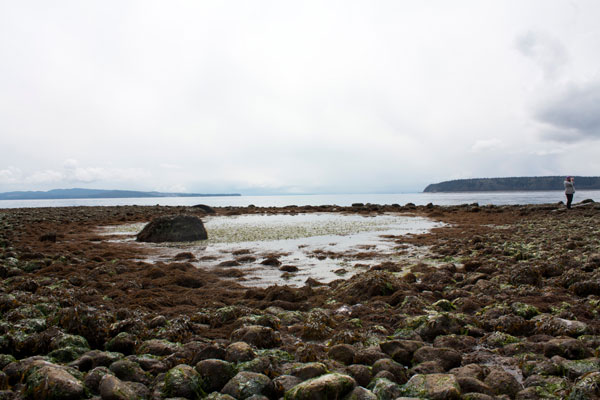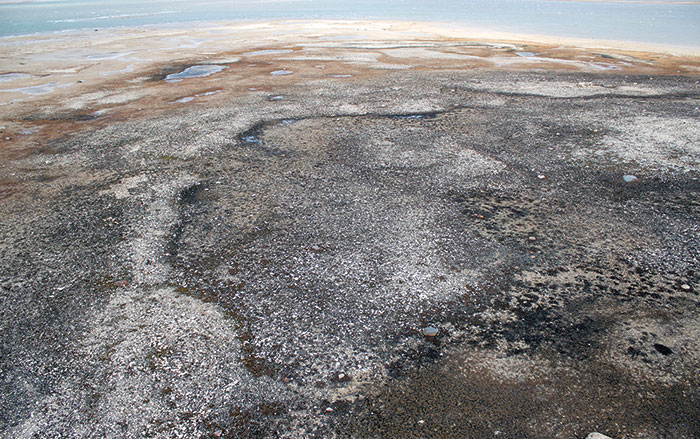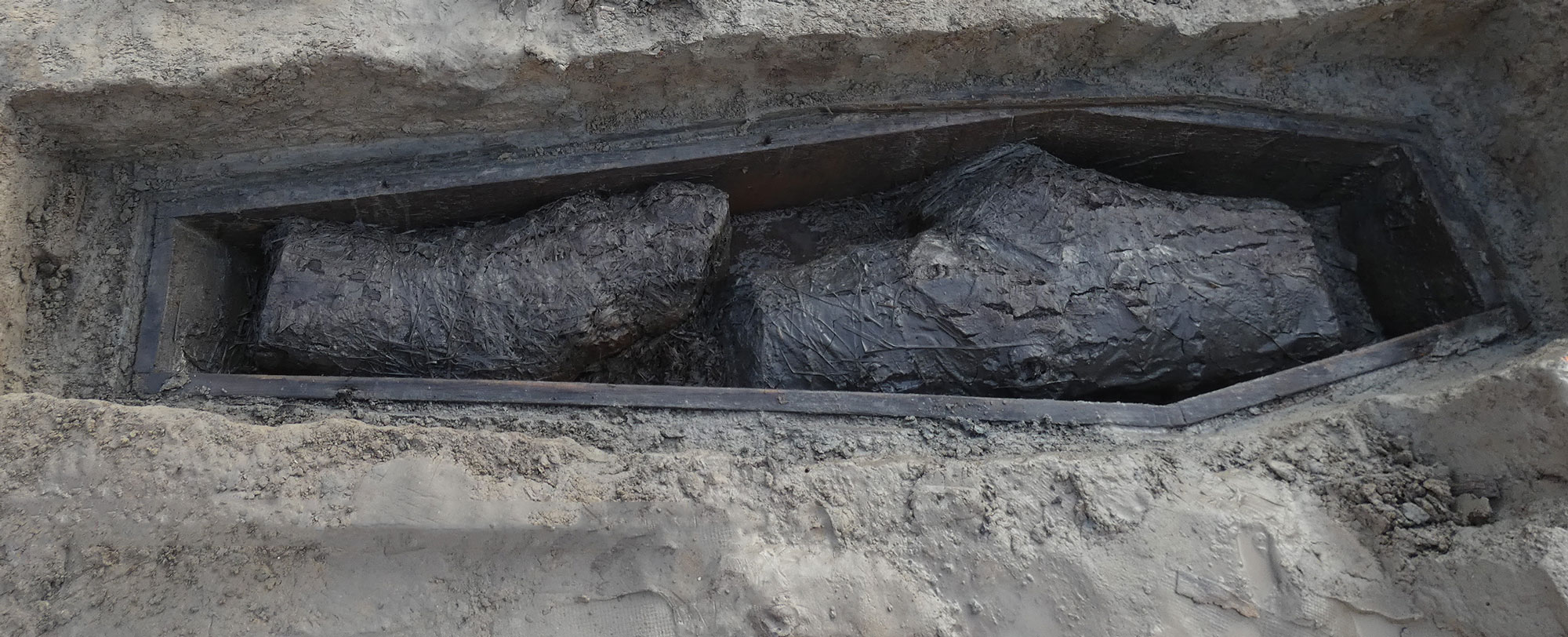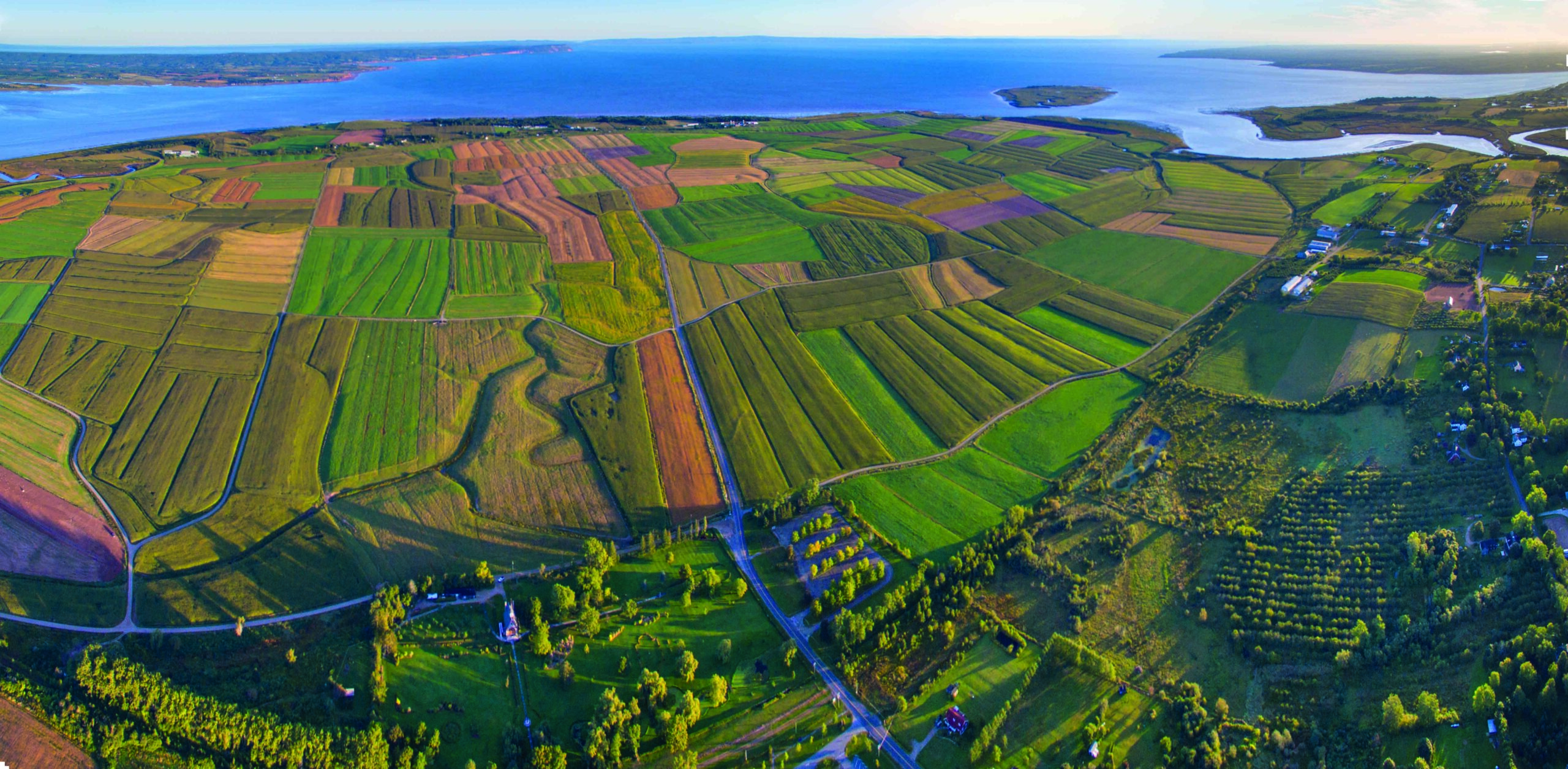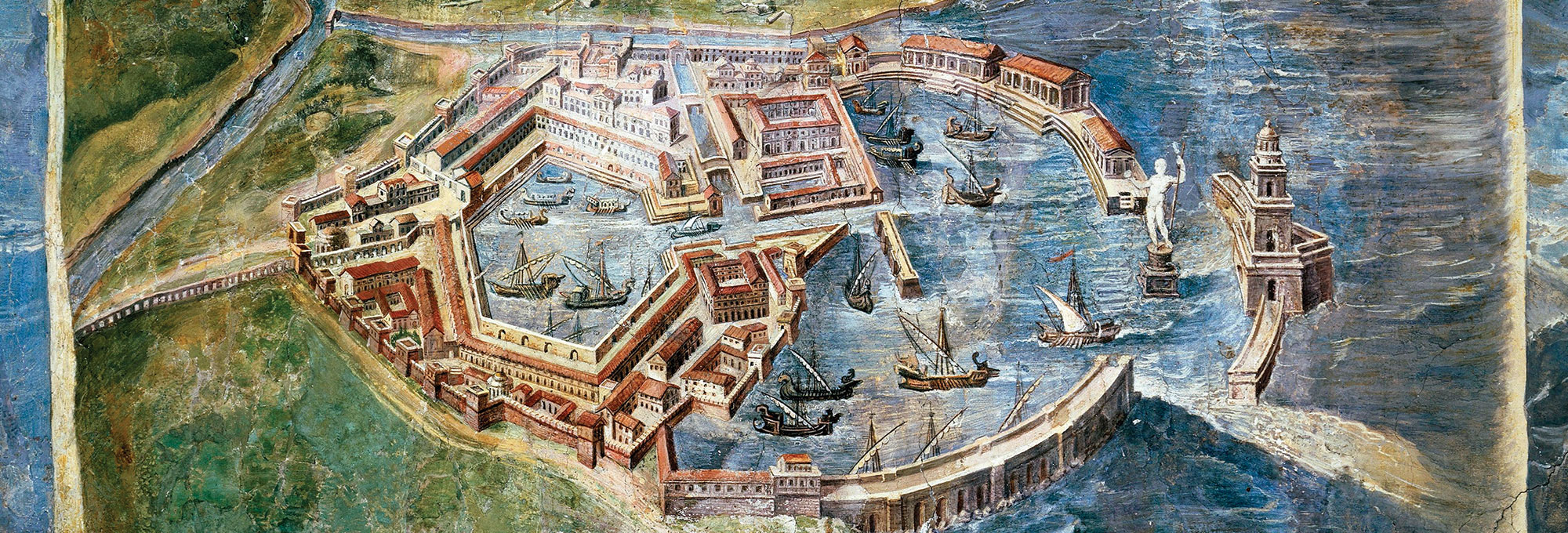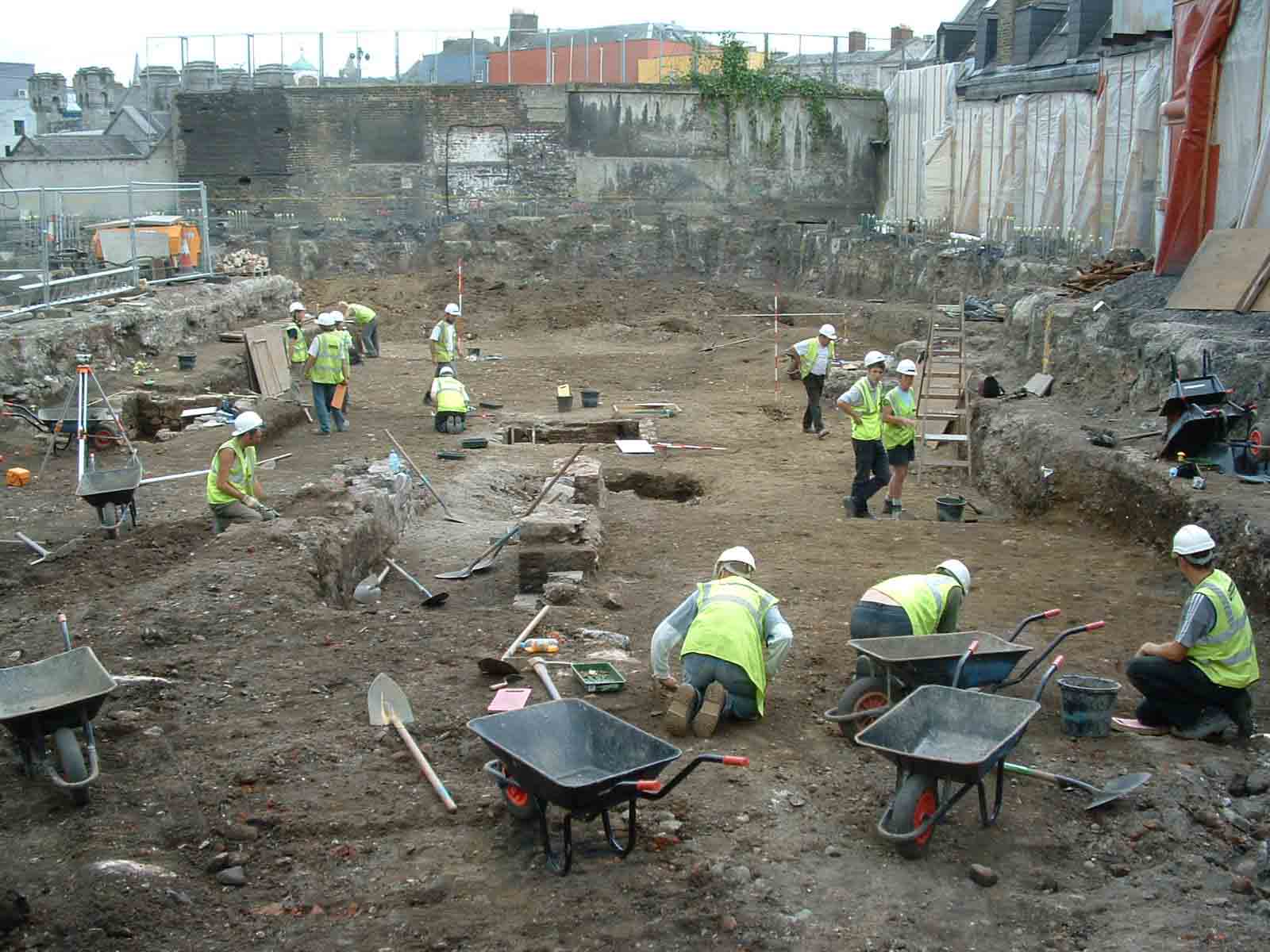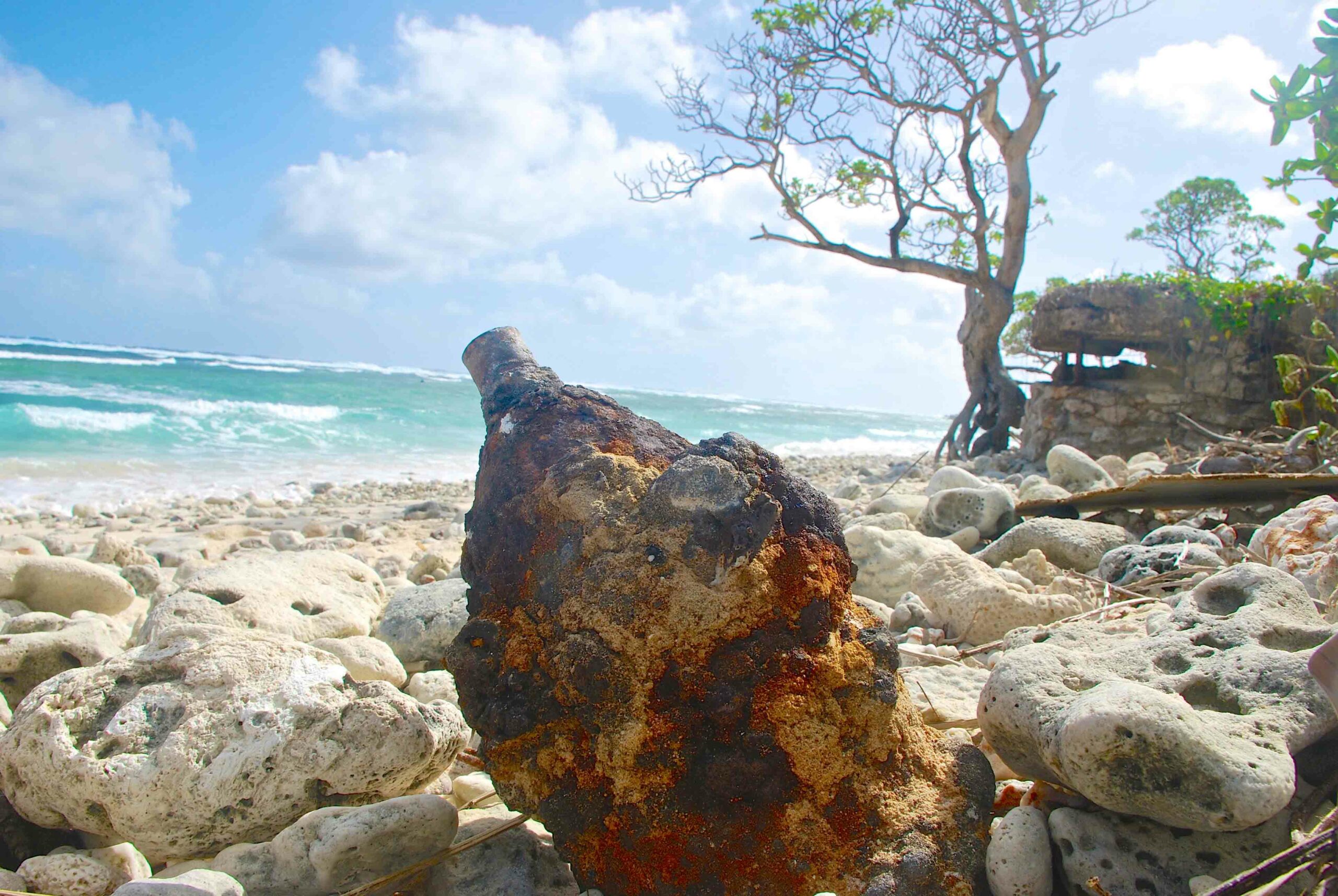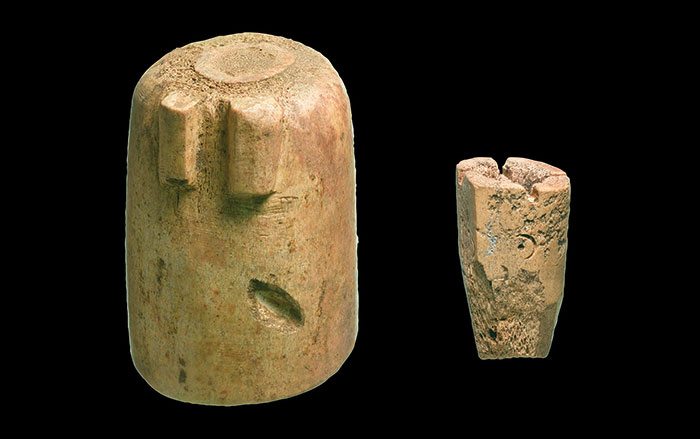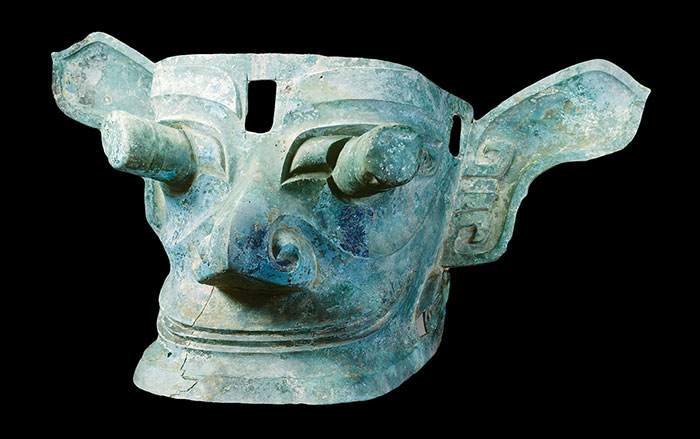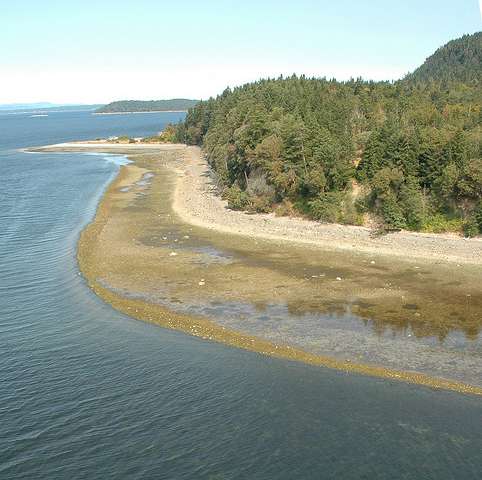
BRITISH COLUMBIA, CANADA—Last year, Dana Lepofsky of Simon Fraser University and her team announced that ancient clam gardens in the Pacific Northwest, which range from Alaska to Washington State, produced quadruple the number of butter clams and twice the number of littleneck clams as unmodified clam beaches. Their new study has found that many clam gardens are more than 1,000 years old, and that they were managed in a variety of ways, including replanting of small clams and building rock terrace walls at the low tide line to create conditions that are ideal for clam growth. Beaches were also cleared of rubble that would limit clam habitat. The abundant and sustainable harvests of clams from the gardens would have supported the dense ancient First Nations settlements along the coastline. “We think that many Indigenous peoples worldwide had some kind of sophisticated marine management, but the Pacific Northwest is likely one of the few places in the world where this can be documented. This is because our foreshores are more intact than elsewhere and we can work closely with Indigenous knowledge holders,” Lepofsky said in a press release. To read about Lepofsky's research in-depth, see "The Edible Seascape."


